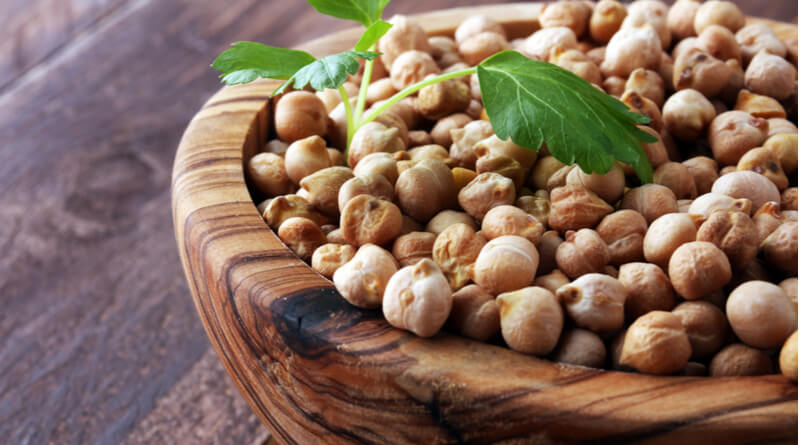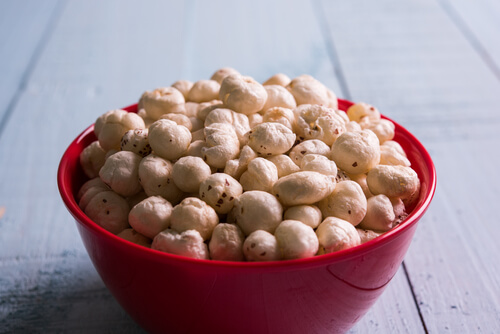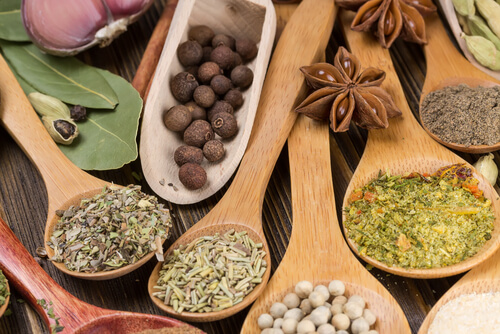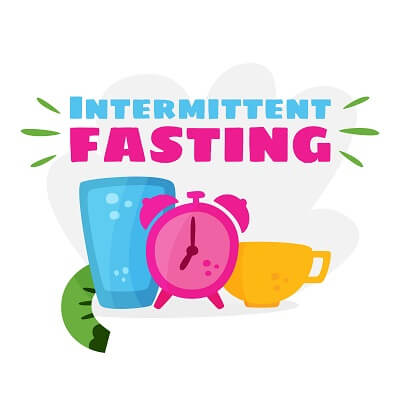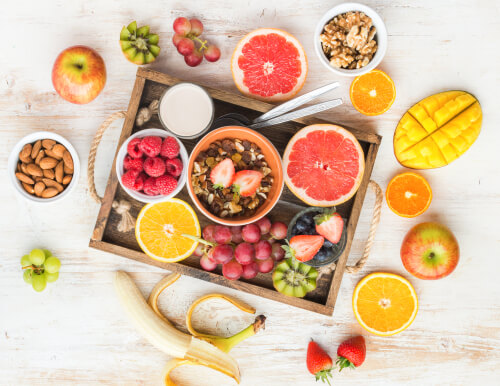Chickpeas, otherwise known as garbanzo beans, are one of the best things you can include in your diet regardless of your health goals. They are excellent sources of iron, fiber, potassium, magnesium, zinc, folate, riboflavin, thiamine, and vitamin B-6. Making these beans a regular part of your diet is a good way to prevent and treat certain chronic diseases such as, cancer, heart disease, and diabetes.
It turns out chickpeas actually possess very potent anti-diabetic properties that will convince you to make chickpeas a regular part of your diet.
Also Read: How a Plant Based Diet Can Help with Type 2 Diabetes
Chickpeas and Carbs
Most people try to avoid including too many carbs in their diet because carbohydrates can easily lead to weight gain, higher cholesterol, and increase a person’s risk of developing heart disease.
Garbanzo beans are made up of about 27% carbohydrates. A singular bean is composed of about 27% carbs. A 1 cup serving contains 14.5 grams of protein, 4.3 grams of fat, and 45 grams of carbs. About ¼ or 12.5 grams of the carbs is dietary fiber. The human body cannot digest dietary fiber and therefore, does not increase blood glucose levels. The dietary fiber quantity is subtracted from the carb count of chickpeas.
Also Read: Did You Know this Common Kitchen Ingredient Can Help with Diabetes?
Glycemic Index
The glycemic index of chickpeas is actually quite low. They have a glycemic index of 28, meaning they have very little overall effect on blood glucose levels.
The Effect of Chickpeas on Diabetes
Tests on the glycemic effects of chickpeas published by the British Journal of Nutrition have shown promising results. When rats were fed chickpeas in tandem with a high fat diet, the effects on their blood glucose levels and insulin levels were very low. The levels of insulin resistance present in rats also decreased.


